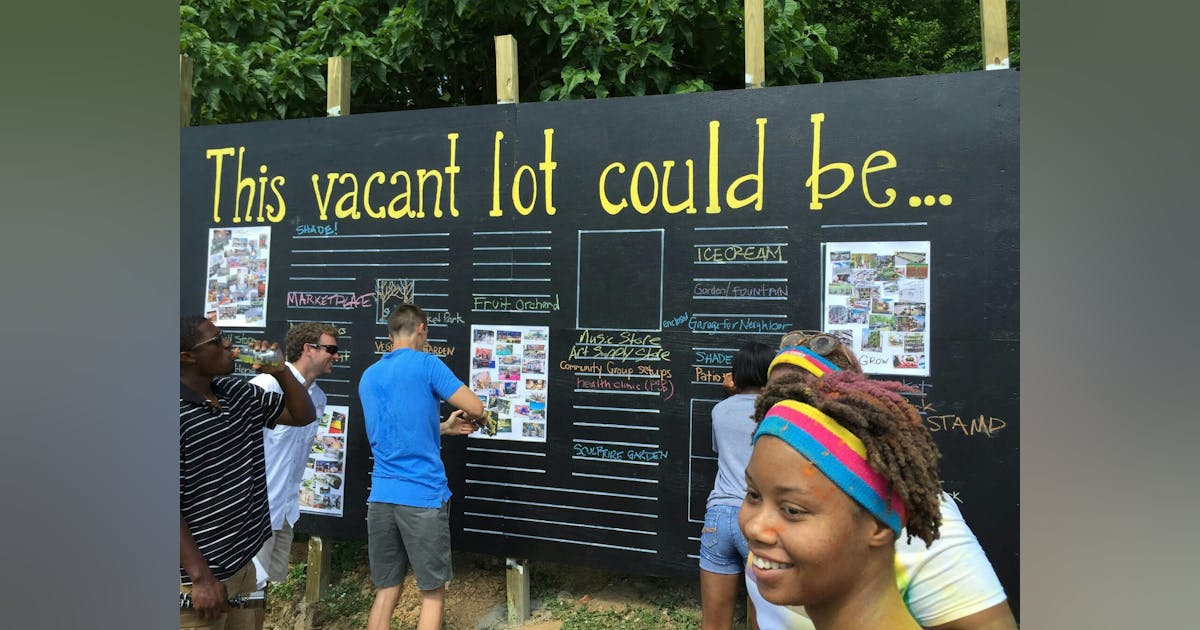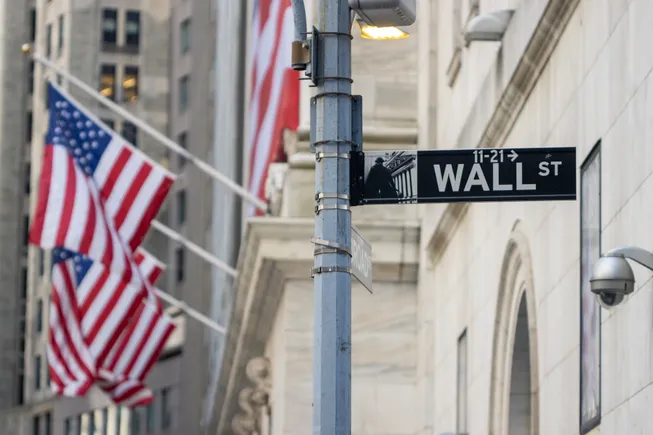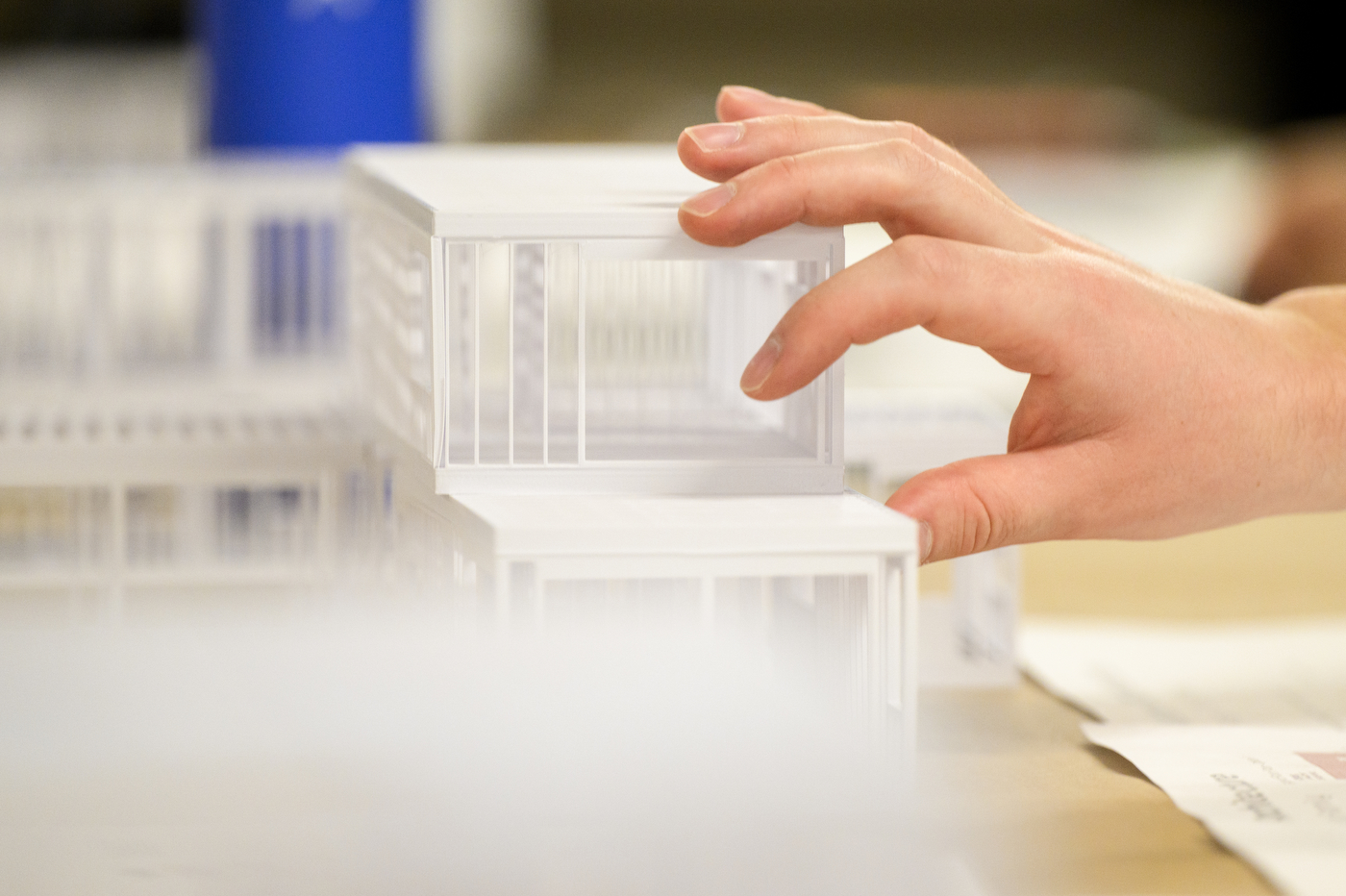“You can’t be that kid standing at the top of the waterslide, overthinking it. You have to go down the chute.”
— Tina Fey
THE ART OF LEADERSHIP
Embrace the Plunge
Leadership Lessons from Tina Fey's Waterslide Wisdom
Tina Fey once said, “You can’t be that kid standing at the top of the waterslide, overthinking it. You have to go down the chute.” This quote strikes at the heart of effective leadership. Overthinking can paralyze decision-making, causing missed opportunities and stagnation. Just as a child hesitates at the top of a waterslide, leaders can get caught in the trap of endless deliberation.
In the fast-paced world of business, hesitation can be costly. Leaders must assess situations swiftly and make bold decisions. This doesn't mean acting recklessly but trusting in one's preparation and the expertise of the team. Taking the plunge can lead to innovation, growth, and newfound confidence within the organization.
Moreover, embracing action over perfection encourages a culture where learning from mistakes is valued. It acknowledges that not every decision will be flawless, but progress often requires stepping into the unknown.
So, how do you balance careful planning with decisive action in your leadership journey? What strategies do you use to overcome the fear of taking that initial plunge? Let's discuss how we can move beyond overthinking and lead with courage and conviction.
COMMERCIAL CONSTRUCTION
Reimagining Urban Design
How Community Engagement is Transforming Cities
Over the past few decades, urban design has shifted from top-down planning to a more inclusive, community-driven approach. This change recognizes that the most successful cities balance the needs of the broader community with equity for individual neighborhoods and residents.
Historically, figures like Robert Moses shaped cities with little input from those most affected, often leading to the displacement of vulnerable populations. In contrast, urban activist Jane Jacobs championed the idea that cities thrive when residents actively participate in shaping their environments.
Today, participatory urban design empowers communities to have a say in the development around them. By engaging residents in the planning process, cities can foster more sustainable, equitable, and resilient outcomes.
As we consider the future of our urban landscapes, important questions arise: How can we ensure all voices are heard in the planning process? What steps can be taken to prevent the mistakes of past top-down approaches?
The movement towards participatory design is not just about creating better cities; it's about acknowledging the interconnectedness of urban systems and prioritizing community well-being. By embracing this approach, we have the opportunity to build urban environments that truly reflect and serve the diverse communities within them.
What are your thoughts on the role of community engagement in urban design? How can we continue to improve the ways we shape our cities together?
How can cities better ensure marginalized voices are heard in urban planning? What’s the best way to balance community input with sustainable urban growth?
#UrbanDesign #Equity #CommunityFirst
— #The Dig Daily Dose (#@TheDigDailyDose)
11:39 AM • Nov 22, 2024
INFRASTRUCTURE INDUSTRY
Trump’s Infrastructure Plans Ignite AECOM Optimism Amid Record Growth
What’s Next for Permitting and Water Investments?"
AECOM’s leadership is bullish on the incoming Trump administration’s infrastructure agenda, foreseeing opportunities to streamline permitting processes and capitalize on bipartisan funding priorities. Following a robust fiscal year, the global infrastructure firm outlined its vision during a Q4 earnings call, pointing to growth across water, environmental, and digital infrastructure markets.
CEO Troy Rudd expressed confidence in the continuity of infrastructure investments under the Infrastructure Investment and Jobs Act, which has received strong voter support at state and local levels. “The election creates certainty. Infrastructure investment is a bipartisan priority,” Rudd emphasized, underscoring the firm’s adaptability to shifting policies.
A key highlight was the potential reduction of regulatory bottlenecks. “Prudent deregulation is a positive for our clients and our business,” Rudd said, referencing permitting reforms as critical to unlocking project opportunities. With the acquisition of EMPSi, a permitting-focused firm, AECOM is poised to navigate emerging opportunities, particularly in federal land projects.
The company also reported strong financials, with a 12% increase in annual revenue to $16.1 billion and a staggering 627% growth in profit, demonstrating resilience despite hurricane disruptions. Rudd pointed to organic growth as the firm’s focus for 2025, steering clear of large acquisitions due to high market prices.
Urbanization and climate change are driving a surge in infrastructure demand globally, creating what Rudd called “enormous investment demand” for reliable drinking water and modern transportation systems. To address these needs, AECOM launched a water and environment advisory business, positioning itself at the forefront of digital water management, PFAS remediation, and advanced automation.
President Lara Poloni highlighted digital water management as a $70 billion market opportunity, with U.S. municipal utilities requiring modernization to improve efficiency and cybersecurity. Similarly, the rise in energy demand for AI-powered data centers and electrification is fueling new opportunities in grid modernization and air quality improvements.
As Trump’s administration touts reduced government staffing and simplified regulations, AECOM’s strategy aligns with these shifts. With strong financial momentum and an eye on growth areas, the firm’s leadership is optimistic about steering through policy changes and addressing critical infrastructure needs.
The conversation now turns to the implications of deregulation and funding prioritization. Will AECOM’s approach set the tone for the infrastructure sector, or will challenges like environmental trade-offs create headwinds? Share your thoughts on how the firm and the industry will evolve in this pivotal era.
With AECOM optimistic about deregulation and water investments under Trump’s infrastructure agenda, what challenges or opportunities do you foresee?
#Infrastructure #WaterManagement #Permitting
— #The Dig Daily Dose (#@TheDigDailyDose)
11:37 AM • Nov 22, 2024
RESIDENTIAL RESEARCH
Can Modular Housing Solve the U.S. Housing Crisis?
Northeastern Students and Experts Explore Sustainable Solutions
The housing crisis in the United States is reaching critical levels, with 99% of Massachusetts residents facing housing cost burdens and median home prices soaring to $610,000. Amid this growing pressure, a graduate architecture class at Northeastern University is pioneering ways to adapt modular construction methods to address housing inequities, sustainability, and affordability in urban environments.
Led by Associate Professor Ivan Rupnik, the course marks a shift in architecture education, focusing on a "platform approach" rather than traditional, one-off construction models. Modular housing, with its assembly-line efficiency, reduced material waste, and lower carbon footprint, has long been successful overseas but has only recently begun gaining traction domestically. Currently, less than 6% of construction in the U.S. and Canada uses modular methods. However, ambitious modular projects in cities like Philadelphia, Minneapolis, and across the West Coast are signaling a turning point.
“We’re seeing a different mentality now,” Rupnik explains. “Ten years ago, it was difficult to get local experts to engage in these conversations. Today, there’s real interest.”
Students in Rupnik’s class aren’t just learning theory; they’re collaborating directly with firms like Res4 and Reframe Systems, as well as Boston’s Housing Innovation Lab. The program combines historical insights with cutting-edge design. For instance, students are reimagining New England’s iconic triple-deckers, which were originally built in the late 19th century to address urban housing shortages, as modular, scalable solutions for modern cities.
“The triple-decker was an early example of standardization,” says Rupnik. “We’re asking how we can adapt that thinking to today’s needs.”
Field visits, like one to a modular housing factory in Andover, help students balance competing perspectives from policymakers, architects, and developers. They’re tasked with making designs that can be tailored to multiple urban challenges while remaining scalable and cost-effective.
At the semester’s conclusion, students will present their findings to stakeholders, including city officials and leading modular housing firms. Rupnik believes this peer-to-peer exchange will prepare students for the complexity of real-world architecture, whether they ultimately pursue modular housing or other specialties.
As modular housing continues to grow, could this approach bridge the gap between housing demand and affordability? With the U.S. government exploring plans to build millions of homes, this student-led effort might offer a glimpse into a more sustainable and equitable housing future.
With modular housing growing and students reimagining historic designs like triple-deckers, could this scalable approach solve the housing crisis sustainably?
#ModularHousing #AffordableLiving #UrbanSolutions
— #The Dig Daily Dose (#@TheDigDailyDose)
11:35 AM • Nov 22, 2024
TOOLBOX TALK
The Importance of Noise Awareness on Construction Sites
Introduction
Good morning, Team! Today’s toolbox talk focuses on noise awareness—a unique but crucial safety topic. Construction sites are often loud environments, with constant noise from machinery, power tools, and vehicle traffic. Prolonged exposure to high noise levels can lead to permanent hearing loss, stress, reduced concentration, and increased risk of accidents. Understanding how to manage noise and protect our hearing is vital for long-term health and safety.
Why Noise Awareness Matters
Hearing loss caused by noise exposure is permanent but entirely preventable. High noise levels also make it difficult to communicate effectively, which can lead to miscommunication and accidents. By being aware of noise hazards and using appropriate protection, we can reduce these risks and maintain a safer work environment.
Strategies for Managing Noise on Construction Sites
Wear Hearing Protection: Use earplugs or earmuffs rated for the noise levels on-site. Make sure your hearing protection fits properly and is comfortable enough to wear for extended periods.
Know the Noise Levels: Understand which tasks and equipment produce the highest noise levels. Use a sound level meter if necessary to identify areas where noise exceeds safe limits (85 decibels over an 8-hour shift).
Use Barriers and Mufflers: Install noise barriers or acoustic shields around loud equipment. Use machinery with built-in noise-reduction features or add mufflers where possible.
Take Noise Breaks: Limit the time spent in high-noise areas by rotating tasks or scheduling breaks in quieter zones. This reduces cumulative noise exposure.
Improve Communication in Noisy Areas: Use hand signals, radios, or other visual methods to communicate clearly when noise levels make verbal communication difficult. This prevents miscommunication and accidents.
Discussion Questions
Have you experienced difficulty communicating or concentrating on-site due to noise? What challenges did it create?
What types of hearing protection do you prefer, and why?
How can we improve our noise awareness and communication practices to ensure safety?
Conclusion
Noise awareness is critical for protecting our hearing and ensuring effective communication on construction sites. By wearing hearing protection, identifying noise hazards, using noise-reducing equipment, taking breaks, and improving communication methods, we can create a safer and more efficient workplace. Let’s commit to reducing noise risks and protecting our hearing for the long term.
Hear well, work well, live well!









